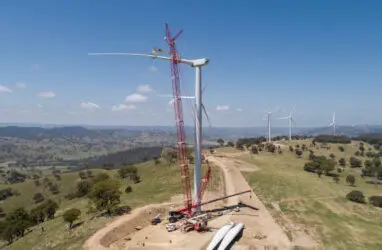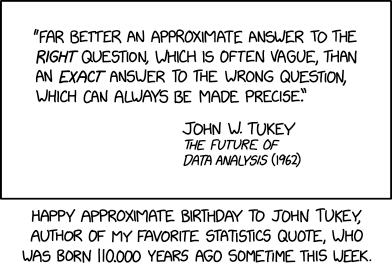Usually, you want to buy a commodity when it is cheap and its producer is expensive. This is because low prices curb supply in commodities relatively quickly, so high mining valuations are usually a sign that the market is bottoming out. I have been expecting this kind of cycle to play out repeatedly with lithium
The post Thinking about lithium? Don’t appeared first on MacroBusiness.
If there is one thing that MAGA hates, it’s neocons. Those fanciful folk who thought they could lead the world to US nirvana at the point of an assault rifle. Pre-emption was their code, and regime change was their method. They tried in Afghanistan and failed. Then Iraq and failed slightly less. MAGA hates them
The post Trump is a military chicken, too appeared first on MacroBusiness.
Some nice new charts from IEEFA on the great gas gouge. It’s China that’s sucking the life out of the East Coast economy. Of course, China sends the gas back elaborately transformed into battleships. But somehow that doesn’t seem like a good exchange. There’s loads of uncontracted gas to deploy the Dutton reservation policy (and
Harry Ottley, economist at CBA, has written an excellent report on the Q1 2025 Labour Account from the Australian Bureau of Statistics (ABS), which illustates the extraordinary growth in non-market (government-aligned) jobs. The following chart from Ottley shows that over the past decade, the growth in non-market jobs has trended higher: The non-market sector has
The Market Ear on rising stress. You know things are stressed in geopolitics… …when the latest VIX pop looks tiny compared to oil “VIX”, the OVX. Source: LSEG Workspace Well bid downside Skew continues moving higher, trading at the highest levels since the early April panic. The gap between SDEX and VIX is very wide
The post Stock stress builds appeared first on MacroBusiness.
Treasurer Jim Chalmers has declared war on Australia’s poor productivity growth, which has slumped to developed-world lows. Chalmers has finally cottoned on to the fact that the economy’s stagnant productivity will not deliver higher living standards for ordinary Australians. In a speech to be delivered to the National Press Club in Canberra, The AFR reports
Westpac with the note. The six-month annualised growth rate in the Westpac– Melbourne Institute Leading Index, which indicates the likely pace of economic activity relative to trend three to nine months into the future, dropped to –0.08% in May from 0.19% in April. The growth pulse has shown a significant deterioration since February, with May
The ~$95 support line gave way yesterday. Goldman has more. Steel: The lingering and hindering steel production cut Orderbooks trend- The forward order books of most steel mills were down MoM in June, in line with seasonality. High-frequency weekly data suggests current steel demand declined by 4.0% yoy for construction steel and down 6.0% yoy
The post Iron ore cracks appeared first on MacroBusiness.
Westpac’s latest consumer sentiment survey suggested that Australians have turned bullish on housing. As illustrated below by AMP chief economist Shane Oliver, house price expectations hit a cyclical high in May. The “time to buy a dwelling” sub-index has also bounced: The rebound in sentiment and house price expectations is understandable given that the Reserve




